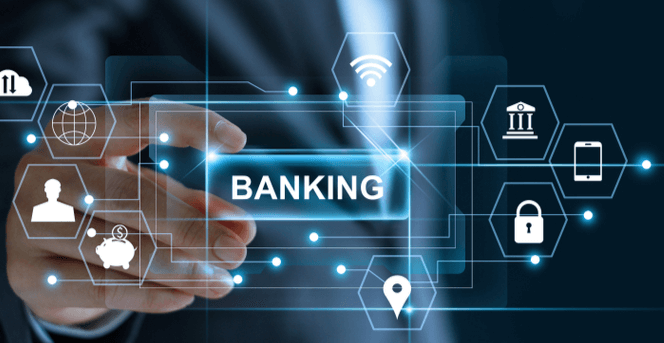The evolution of digital banks has transformed the financial landscape in the United States. These innovative institutions have brought about a revolution in the way Americans manage their finances. With the rise of technology and changing consumer demands, digital banking platforms have flourished.
In this blog, we will explore the journey of these financial service providers and the future trends that are poised to shape the industry. Discover how these online banks have redefined convenience and accessibility in the finance sector.
Digital banking trends in the US

The US digital banking scene has seen a flurry of activity in recent years. As fintech companies gain traction, they are introducing new features that appeal to a tech-savvy generation. These services include seamless mobile banking apps, personalized customer service through AI, and enhanced security measures.
The widespread adoption of smartphones and the internet has facilitated the growth of digital banking services. Consumers are demanding more from their banks, seeking convenience and better control over their finances. This has led to a surge in tech-driven solutions offered by online banks, making it easier for users to carry out transactions, access financial advice, and manage their accounts 24/7.
Digital banks are not only focused on improving user experience but also emphasizing data security. As more people move their banking online, protecting sensitive information has become paramount. By using advanced encryption technologies and biometric security features, online financial institutions aim to provide a safe and secure banking experience for their customers.
Mobile-first approach
The mobile-first approach has been a key factor in the success of digital banks. Mobile banking apps allow users to access a variety of services on their smartphones, which fits naturally into their daily routines. This concept has led to the development of more intuitive and user-friendly banking solutions.
The convenience of managing finances on a smartphone means that digital banks can reach a wider audience, including younger generations who are increasingly steering away from physical bank branches. These apps typically offer features such as instant balance checks, real-time transaction alerts, and financial goal setting tools.
As technology evolves, so does the mobile banking experience. Future trends indicate a move towards even more seamless and integrated mobile services that could include virtual banking assistants and sophisticated analytics tools to help users make informed financial decisions.
Integration of artificial intelligence
Artificial intelligence is playing a significant role in the digital banking revolution. From customer service chatbots to personalized financial advice, AI technology enhances user experience and operational efficiency. It helps banks understand customer behavior and tailor their services accordingly.
Customer service chatbots can handle routine inquiries, offering faster responses and allowing banks to allocate resources to more complex issues. Meanwhile, AI-driven analytics can provide users with insights into their spending habits, offering suggestions on how to optimize savings and investments.
Looking ahead, as AI continues to advance, we can expect even more sophisticated applications in digital banks. These might include predictive financial modeling to anticipate customer needs before they arise or AI-driven fraud detection systems to improve security further.
The future of digital banks
As digital banks continue to innovate, the future looks promising. With more people embracing digital solutions, the need for continuous improvement and adaptation is critical. The future of digital banking will likely see an increased focus on personalization and sustainable banking practices.
Technological advancements will allow for more tailored banking solutions, offering features that cater to individual financial needs. This could lead to a shift towards more personalized financial ecosystems that help customers better manage their money across different aspects of their lives.
Increased competition and collaboration
The rise of digital banks has intensified competition within the financial sector. Traditional banks are increasingly collaborating with fintech companies to enhance their offerings. This collaboration could lead to new hybrid models that combine the strengths of both traditional and digital banking systems.
Such partnerships could result in innovative financial products that offer the best of both worlds — the trust and reliability of established banks paired with the agility and technological advancements of fintech-driven digital banks. This could foster an environment of healthy competition, driving further innovation.
The evolving regulatory landscape will also play a crucial role, ensuring that customer rights and data privacy are protected as the industry continues to innovate. Collaborative efforts between banks and regulators will be vital to maintain trust and foster growth in the digital banking space.
Emerging technologies shaping the future
Emerging technologies such as blockchain and the Internet of Things (IoT) are set to impact the future of digital banks significantly. Blockchain technology could offer enhanced security measures, facilitating more transparent and secure transactions. As digital currencies gain traction, their integration with banking services becomes a pertinent topic.
Meanwhile, IoT could revolutionize the way consumers interact with their financial institutions. This technology can enable more interconnected banking services, automating various processes and enhancing the user experience. For example, smart devices might soon offer seamless payment solutions, integrating financial management into everyday items.

